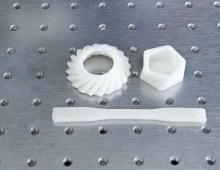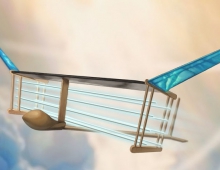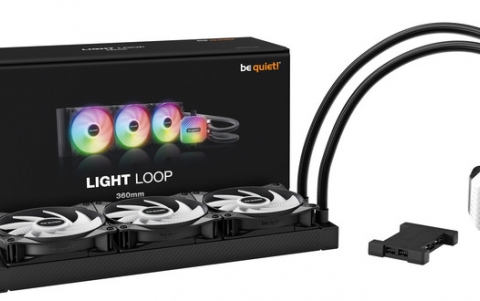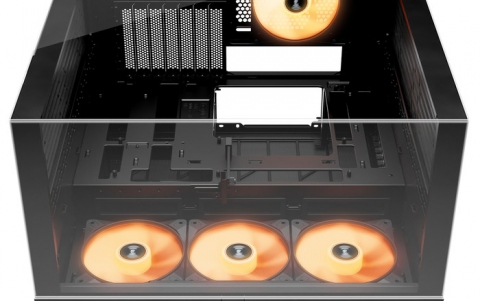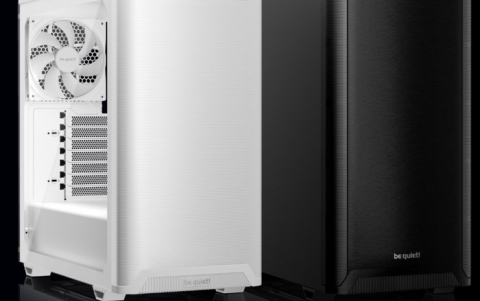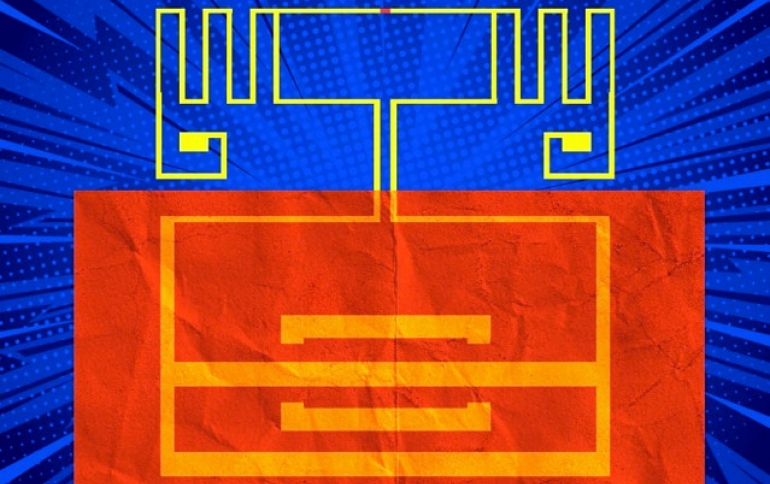
Researchers Convert Wi-Fi signals to Electricity
Researchers from MIT have developed a fully flexible device that can convert energy from Wi-Fi signals into electricity that could power electronics such as wearables or smartphones.
Devices that convert AC electromagnetic waves into DC electricity are known as “rectennas.” The MIT researchers demonstrated a new kind of rectenna, described in a study appearing in Nature today, that uses a flexible radio-frequency (RF) antenna that captures electromagnetic waves — including those carrying Wi-Fi — as AC waveforms.
The antenna is then connected to a device made out of a two-dimensional semiconductor just a few atoms thick. The AC signal travels into the semiconductor, which converts it into a DC voltage that could be used to power electronic circuits or recharge batteries.
In this way, the battery-free device passively captures and transforms ubiquitous Wi-Fi signals into useful DC power. Moreover, the device is flexible and can be fabricated in a roll-to-roll process to cover very large areas.
Promising early applications for the proposed rectenna include powering flexible and wearable electronics, medical devices, and sensors for the “internet of things.” In experiments, the researchers’ device can produce about 40 microwatts of power when exposed to the typical power levels of Wi-Fi signals (around 150 microwatts). That’s more than enough power to light up an LED or drive silicon chips.
All rectennas rely on a component known as a “rectifier,” which converts the AC input signal into DC power. Traditional rectennas use either silicon or gallium arsenide for the rectifier. These materials can cover the Wi-Fi band, but they are rigid. And, although using these materials to fabricate small devices is relatively inexpensive, using them to cover vast areas, such as the surfaces of buildings and walls, would be cost-prohibitive. Researchers have been trying to fix these problems for a long time. But the few flexible rectennas reported so far operate at low frequencies and can’t capture and convert signals in gigahertz frequencies, where most of the relevant cell phone and Wi-Fi signals are.
To build their rectifier, the researchers used a novel 2-D material called molybdenum disulfide (MoS2), which at three atoms thick is one of the thinnest semiconductors in the world. In doing so, the team leveraged a singular behavior of MoS2: When exposed to certain chemicals, the material’s atoms rearrange in a way that acts like a switch, forcing a phase transition from a semiconductor to a metallic material. The resulting structure is known as a Schottky diode, which is the junction of a semiconductor with a metal.
“By engineering MoS2 into a 2-D semiconducting-metallic phase junction, we built an atomically thin, ultrafast Schottky diode that simultaneously minimizes the series resistance and parasitic capacitance,” says first author and EECS postdoc Xu Zhang, who will soon join Carnegie Mellon University as an assistant professor.
Parasitic capacitance is an unavoidable situation in electronics where certain materials store a little electrical charge, which slows down the circuit. Lower capacitance, therefore, means increased rectifier speeds and higher operating frequencies. The parasitic capacitance of the researchers’ Schottky diode is an order of magnitude smaller than today’s state-of-the-art flexible rectifiers, so it is much faster at signal conversion and allows it to capture and convert up to 10 gigahertz of wireless signals.
“Such a design has allowed a fully flexible device that is fast enough to cover most of the radio-frequency bands used by our daily electronics, including Wi-Fi, Bluetooth, cellular LTE, and many others,” Zhang says.
The reported work provides blueprints for other flexible Wi-Fi-to-electricity devices with substantial output and efficiency. The maximum output efficiency for the current device stands at 40 percent, depending on the input power of the Wi-Fi input. At the typical Wi-Fi power level, the power efficiency of the MoS2 rectifier is about 30 percent. For reference, today’s rectennas made from rigid, more expensive silicon or gallium arsenide achieve around 50 to 60 percent.
The team is now planning to build more complex systems and improve efficiency.






